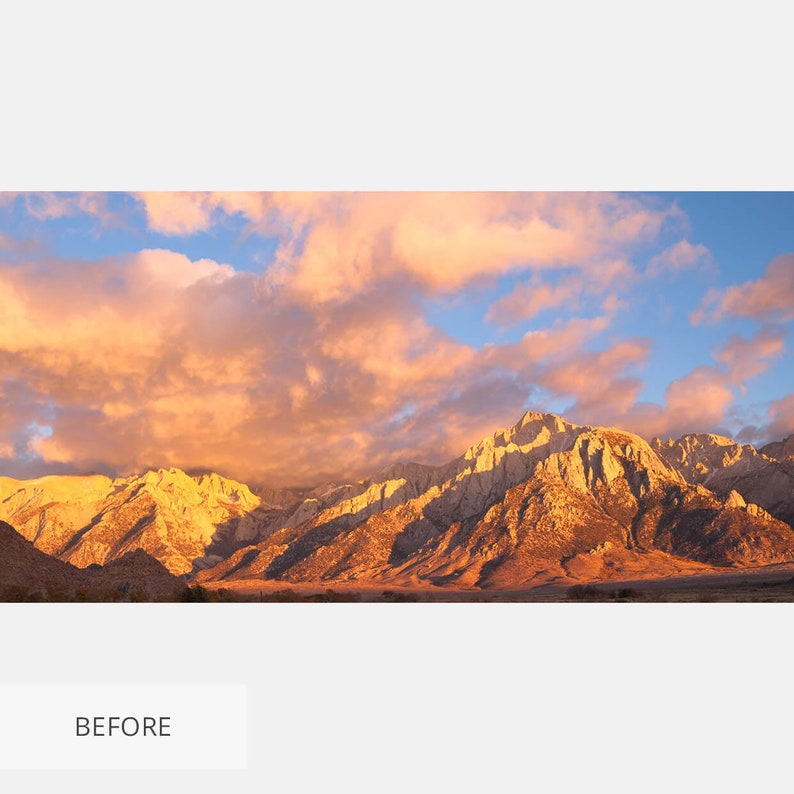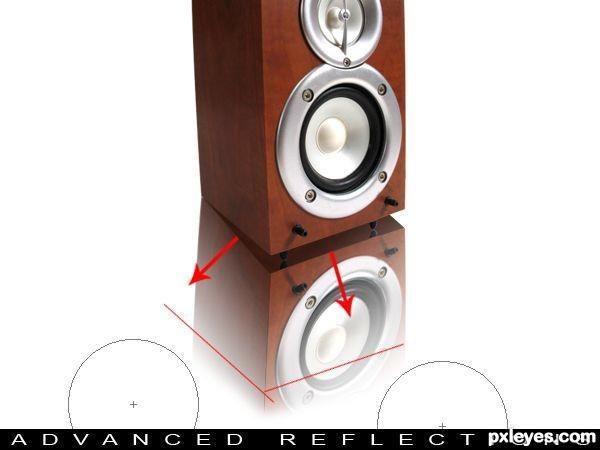
In the Options Bar, make sure the style is set to Linear Gradient, the Mode to Normal, the Opacity to 100%, and Reverse is not checked.Ĭhoose View>Screen Mode>Full Screen Mode with Menu Bar. Choose the Gradient tool and in the Gradient Picker in the Options Bar, select the third swatch to set the gradient to Black, White. Click the Add Layer Mask icon at the bottom of the Layers panel to add a layer mask to the top layer (the reflection). To further fine-tune the reflection, we’ll add a layer mask and use the Gradient tool (G) to feather the “lighting” on the reflection. Reflections on polished surfaces are stronger and brighter the closer they are to the object.

To make the reflection more realistic, lower the Opacity of the reflection layer in the Layers panel to 50%. Since we have already covered that, I have jump-started the process and prepared a clock file with a reflection layer already in position. The basic steps are essentially the same as the image mirror shown in the previous steps (the one difference is the addition of extra canvas area that’s black). The clock in this example was photographed on a black cloth background and cast no reflection, but it’s very simple to add one. For both the Shadows and the Highlights, set the Amount and Tonal Width to 40% and the Radius to 90 px. Choose Image>Adjustments>Shadow/Highlight and click the Show More Options checkbox.

This gives us adjustment layer-type functionality, which means the change isn’t permanent, allowing us to revisit the settings if needed. Since the layers that create the mirror effect are grouped into a smart object, we can apply the Shadow/Highlight effect as a smart filter. Open the flyout menu for the Layers panel and choose Convert to Smart Object.Ħ Click on the bottom layer in the Layers panel, then Shift-click on the top layer to select both of them. In order to preserve flexibility and keep our changes nondestructive, we’ll first convert the two layers into a smart object. With the Move tool active, you can nudge the layer one pixel at a time using the Arrow keys on the keyboard.įor this image, we’ll also apply a Shadow/Highlight adjustment. You may need to zoom in for a close view to ensure that the edges line up well. If the Snap feature is enabled under the View menu, the edges of the two layers should snap into alignment. Choose the Move tool (V), press-and-hold the Shift key, and drag the flipped layer into position to create the mirror effect. Enter 200% for the Width if you’re mirroring to the left or right (as is the case with our image) or 200% for the Height if you’re mirroring the image above or below, and click OK.Īfter adding the extra canvas area, make sure the top duplicate layer is active and choose Edit>Transform>Flip Horizontal (use Flip Vertical if the reflected layer will be placed above or below). Uncheck the Relative box (if it’s checked), and change the units for the Width to Percent (the Height will change as well). In this example, let’s mirror the image on the left side of the original, so click the right center square to denote this as the position of the original image. Use the Anchor grid to determine where the original image will be placed in relation to the added canvas. Next, make a copy of the layer by choosing Layer>New>Layer via Copy, or by using the very useful keyboard shortcut Command-J (PC: Ctrl-J).Ĭhoose Image>Canvas Size. Click OK in the New Layer dialog that appears to turn it into a regular layer.
Reflect image photoshop download#
Start by opening an image you want to use for a mirror, or you can download the Mono Lake file (if you do use the Mono Lake image, crop it as shown in the previous step). The more you play around with image mirrors, the easier it will be to see the possibilities that a certain crop might provide. Study your own images to see if cropping will result in more intriguing results. For the Mono Lake example used here, I decided to crop it as shown since I knew this would result in a mirror where the tufa formations would look more like an island. The mirror collageĬropping the file prior to the mirroring process is not required, but for some photos it can produce a more interesting reflected image, and it’s always good to keep this in mind. Along the way, we’ll also use smart objects and smart filters, and then finish up with a tip on using gradient masks to create reflections on polished surfaces. Landscapes, clouds, natural patterns and textures, as well as architectural structures all work very well as image mirrors.

Some of the most simple, yet very satisfying types of collages are image “mirrors” that are created by duplicating the image and flipping it to form a reflection.


 0 kommentar(er)
0 kommentar(er)
